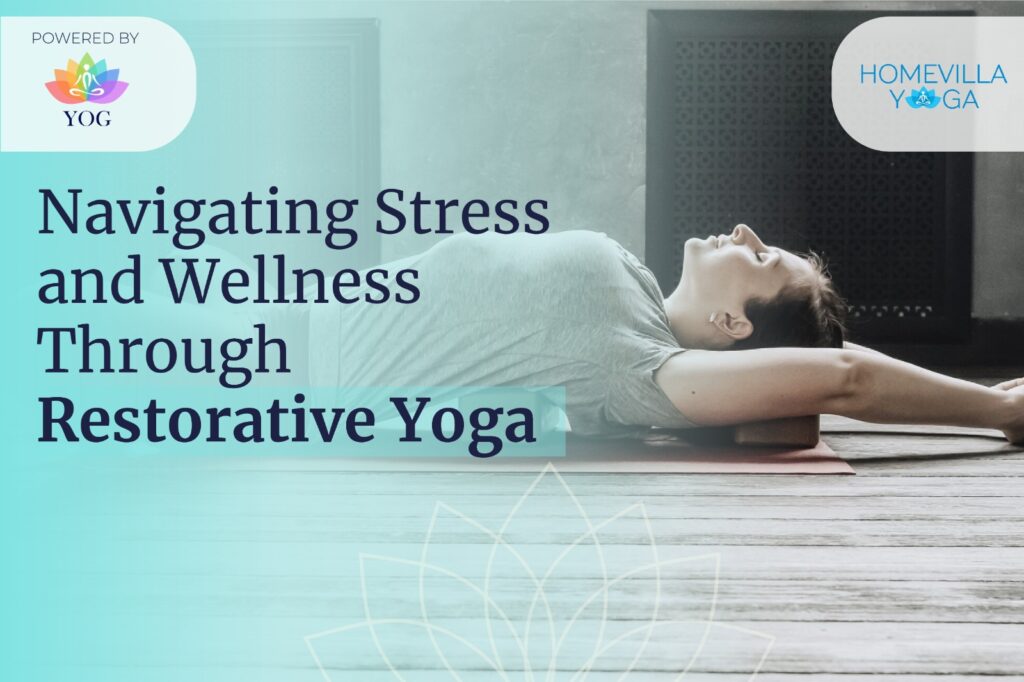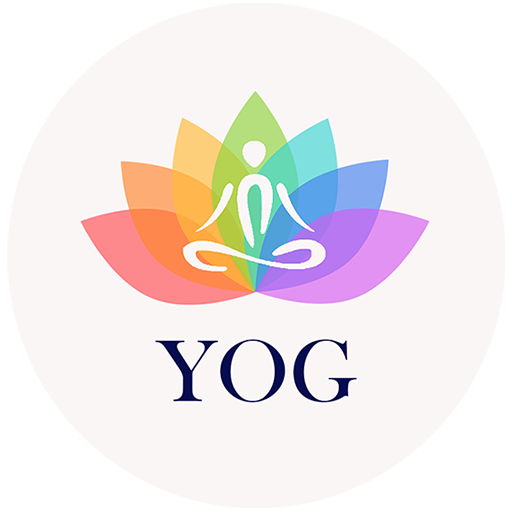“Stress is the trash of modern life—we all generate it, but if you don’t dispose of it properly, it will pile up and overtake your life.” Danzae Pace
In a recent survey by GOQii’s IndiaFit Report 2022-23, more than 10,000 Indians shared how they’ve been feeling after dealing with COVID. The findings show us a clear and serious picture of the stress many of us are going through.
As we navigate through today’s work scene, it’s clear that job stress and money worries are hitting hard. Let’s talk numbers – 26% are stressed about work, 17% are dealing with money issues, and 14% are facing challenges in their relationships.
But the story doesn’t end there. Beyond these obvious struggles, a quieter battle is happening in our minds. Mental health concerns are on the rise, adding another layer of stress to our lives. Balancing work uncertainties, financial strains, and relationship complexities has created an atmosphere filled with stress and anxiety.
Several other factors also contribute to an individual’s susceptibility to stress. These factors include genetics, the level of social support, coping mechanisms, personality traits, experiences of discrimination based on race, gender, perceived gender, LGBTQIA+ identity, socioeconomic status, childhood trauma, and so on.
In medical terms, stress goes beyond a mere sense of being overwhelmed; it’s an intricate physiological response that can exert both positive and negative influences on our well-being. In this blog, we delve into the intricacies of stress, exploring its chemical causes, signs within the body, and the effects of prolonged exposure. Additionally, we’ll shed light on the prevalence of stress, the financial burden it places on society, and practical ways to alleviate it.
How Stress is Harming You?
Our bodies have a stress response, known as “fight or flight,” which is helpful in challenging situations. When you feel threatened, your body responds by releasing stress hormones, tightening muscles, increasing blood pressure, and making your heart and lungs work harder. It also provides a burst of fat and sugar for quick energy. Once the danger is gone, your body goes back to its normal operations.
However, if you experience stress frequently, this response can become constant and lead to ongoing issues. This includes chronic inflammation, where the immune system is always active. This heightened immune activity significantly raises the risks for various diseases like dementia, heart disease, and stroke. It’s essential to manage stress to avoid these potential long-term health problems.
Coping with Stress
To effectively deal with stress, it’s crucial to focus on a few key habits. Ensure you get at least seven hours of sleep each night, maintain a diet that’s mostly plant-based, engage in regular exercise, practice meditation, and stay connected with friends and family. These habits contribute significantly to managing stress and promoting overall well-being.
Additionally, consider incorporating restorative yoga into your routine, as it has proven to be one of the most effective ways to reduce stress and promote overall well-being.
Soothing Stress with Restorative Yoga
Discover a stress-relieving haven through restorative yoga, a practice suitable for practitioners of all levels. This serene approach involves holding yoga poses for an extended period, using props like yoga blocks, blankets, and bolsters to enhance the experience. Emphasising the meditative side of yoga, restorative poses promote a deep sense of relaxation, allowing both body and mind to unwind effortlessly.
As you ease into restorative yoga, tension dissipates, and your mind consciously relaxes alongside your body. Your sole focus during this practice is on your breath and staying attuned to any sensations or thoughts that may arise, creating a calming mental space.
The yoga landscape is often geared toward athleticism, but restorative yoga stands out as a gentle alternative. It differs from the dynamic and energetic styles by intentionally relaxing muscles with prop support, offering a subtle stretch in select poses. The extended holds, ranging from 5 to 20 minutes, make restorative yoga a powerful tool for relieving stress, providing a tranquil escape from the demands of everyday life.
Origin of Restorative Yoga
Restorative yoga, as a practice, originated in the teachings of Guruji B.K.S. Iyengar, a prominent yoga master. It evolved as a therapeutic approach that emphasised passive stretching and the use of supportive props. Guruji, known for his innovative contributions to yoga, introduced restorative elements to create a practice focused on relaxation, healing, and deep rejuvenation. The roots of restorative yoga can be traced to Guruji’s commitment to making yoga accessible and beneficial for individuals of all levels and physical conditions.
Benefits of Restorative Yoga
Restorative yoga offers a multitude of benefits that contribute to physical, mental, and emotional well-being. Here are some key advantages:
Stress Reduction: Restorative yoga is renowned for its ability to induce a state of deep relaxation, activating the parasympathetic nervous system. This promotes a profound sense of calmness, reducing stress and anxiety.
Physical Relaxation: The practice involves gentle, supported poses held for extended periods, releasing tension in muscles and promoting physical relaxation. It enhances flexibility and improves joint mobility.
Improved Sleep Quality: The calming nature of restorative yoga can positively impact sleep patterns. Integrating it into a bedtime routine may lead to better sleep quality and a more restful night.
Enhanced Mental Clarity: The meditative aspect of restorative yoga cultivates mindfulness, helping individuals become more aware of their thoughts and promoting mental clarity.
Balanced Energy Levels: By incorporating restorative yoga into a routine, practitioners often experience increased energy levels. The practice revitalises the body and helps maintain a balanced and steady energy flow.
Supports Emotional Well-being: Restorative yoga provides a nurturing environment that encourages emotional healing. It can be particularly beneficial for those dealing with stress, grief, or emotional challenges.
Boosts Immune Function: Regular engagement in restorative yoga is associated with improved immune function, contributing to overall health and well-being.
Pain Management: The gentle stretching and relaxation techniques in restorative yoga can be effective in managing and alleviating chronic pain, making it accessible to individuals with various physical conditions.
Enhanced Self-Awareness: The meditative focus on breath and sensations cultivates self-awareness, fostering a deeper connection with one’s body, thoughts, and emotions.
Incorporating restorative yoga into a regular routine offers a holistic approach to health, providing a sanctuary for relaxation, rejuvenation, and the promotion of overall balance.
Chakra Alignment through Restorative Yoga
Restorative yoga, with its emphasis on deep relaxation and mindfulness, has a meaningful connection to the chakra system—an ancient concept in yogic philosophy that describes energy centres within the body. The practice aligns with specific chakras through intentional poses:
Root Chakra (Muladhara): Positioned at the base of the spine, grounding poses in restorative yoga, like Balasana (Child’s Pose) or Supta Baddha Konasana (Reclining Bound Angle Pose), promote a profound sense of stability by aligning with the grounding energy of the root chakra. This newfound stability also extends to financial matters, establishing a tangible sense of material security.
Sacral Chakra (Svadhisthana): Situated in the lower abdomen, just below the navel, restorative hip-opening poses such as Supta Baddha Konasana stimulate the sacral chakra. This helps let go of emotions and brings out your creative side, making you more lively and expressive in different parts of your life.
Solar Plexus Chakra (Manipura): Located in the upper abdomen, near the stomach, poses that gently compress the belly, like Supta Matsyendrasana (Supine Twist), can awaken the solar plexus chakra. This awakening encourages feelings of personal power and confidence. It empowers decision-making and actions, fostering a proactive approach to life.
Heart Chakra (Anahata): Located in the center of the chest, heart-opening poses such as Supported Matsyasana (Fish Pose) or Setu Bandha Sarvāṅgāsana (Supported Bridge Pose) connect with the heart chakra, promoting love, compassion, and emotional balance. This practice also deepens connections with others, fostering harmonious relationships.
Throat Chakra (Vishuddha): Situated in the throat region, restorative yoga poses like Sarvangasana (Shoulder Stand) or Matsyasana (Fish Pose) gently open the throat area, promoting clear communication and self-expression. This enhancement improves the ability to convey thoughts effectively and speak with clarity.
Third Eye Chakra (Ajna): Found between the eyebrows, restorative poses like Salamba Balasana (Supported Child’s Pose) with the forehead resting on the mat stimulate the third eye chakra, fostering intuition and inner wisdom. This activation fosters intuition and inner wisdom, deepening insight and awareness, and aiding in spiritual growth.
Crown Chakra (Sahasrara): Positioned at the top of the head, poses like Supported Shirshasana (Headstand) or Savasana (Corpse Pose) in restorative yoga facilitate a connection to the crown chakra, promoting spiritual awareness and unity. This connection promotes spiritual awareness and unity, offering a profound understanding of the universe and one’s place within it.
Integrating these restorative yoga poses aligned with each chakra can contribute to balance and harmony within the body’s energy system. Mindfully engaging with these poses allows practitioners to experience a deeper sense of relaxation, inner alignment, and connection to their subtle energy centres.
In conclusion, stress may be an inevitable byproduct of modern life, but our response to it can shape our destiny. By understanding the nuances of stress, adopting mindful habits, and embracing practices like restorative yoga, we can embark on a journey towards holistic well-being—an expedition that aligns body, mind, and spirit in pursuit of a balanced and harmonious life.
Don’t miss the chance to bid farewell to cervical pain. Join Najeeb Sayed’s Cervical Pain Relief Workshop and discover the joy of feeling better, both in your body and mind. Sign up now for a session focused on understanding and alleviating the challenges associated with cervical pain.


